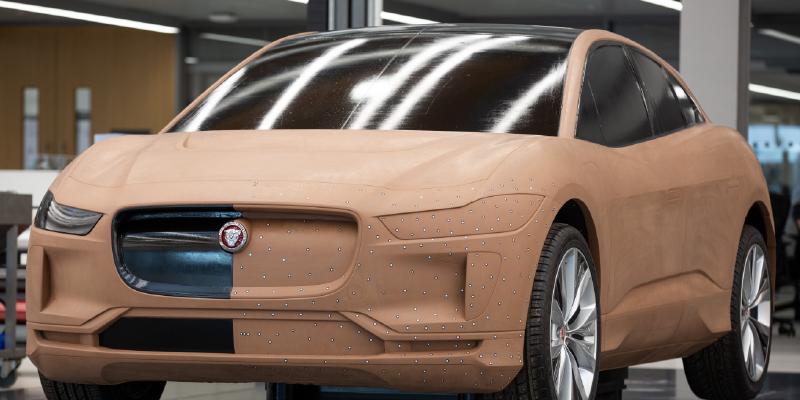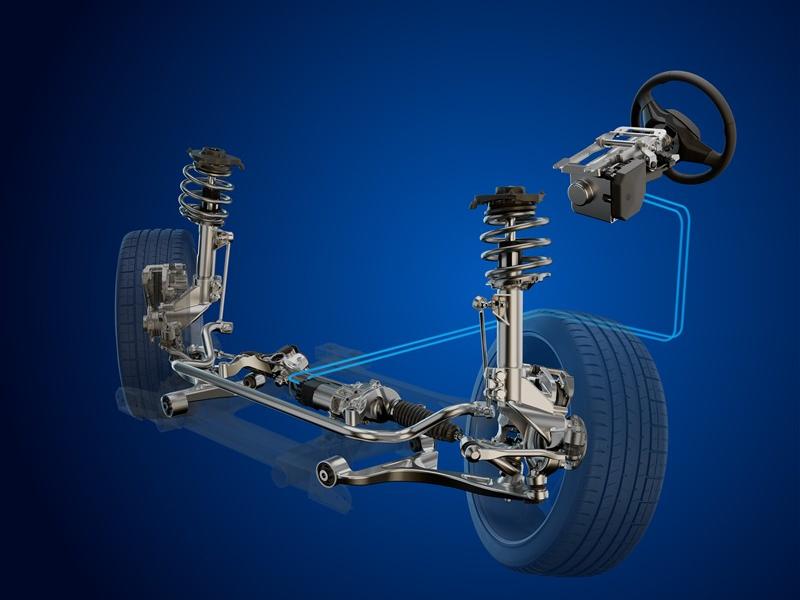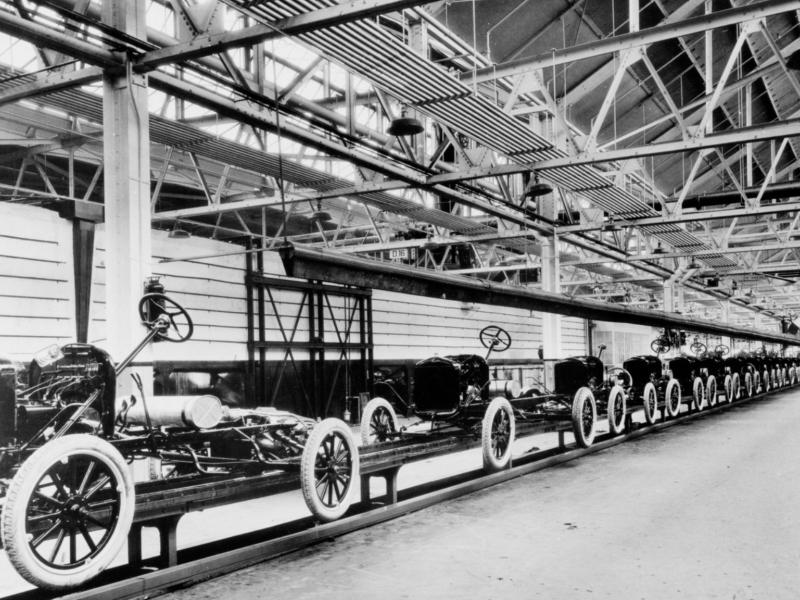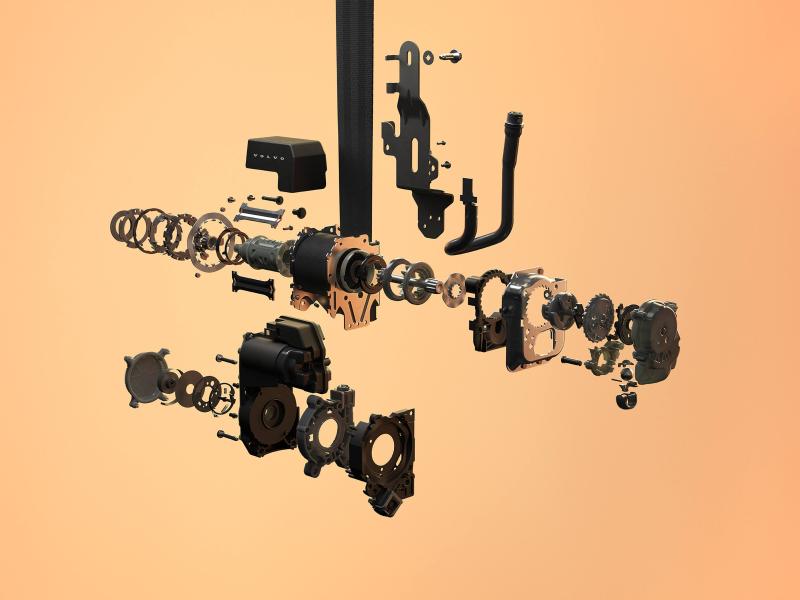Beautiful design has always been at the heart of Jaguar; exciting proportions, elegant form and innovative luxury. How Jaguar achieves its design leadership has always been a closely guarded secret.
But with Jaguar Design moving into a purpose-built studio at the Gaydon Design and Engineering Centre, Jaguar has thrown open the doors to give a unique insight to the fascinating journey that will bring the next-generation vehicles to showrooms.
Across six stages of the design journey the Exterior and Interior teams collaborate throughout a well-defined process that can move from inspirational first sketch to finished car in around four years. From start to finish, each project is overseen by a programme management team that ensures integration with all business functions at each of the six stages:
Sketching
- 1Clay Sculpting
- Digitalisation
- Colour and Materials
- Design Technical
- Model Manufacture
Due to the length of the article we cover the first two stages here – the full article with all six stages is on the website at www.motorequipmentnews.co.nz/article/jaguar-design
SKETCHING – typically four years before reveal
Jaguar designers never stop sketching. Pen, pencil or tablet, the studio team is constantly generating new interior and exterior ideas for future products. Hundreds of sketches are produced each day.
The design process for a future Jaguar starts with an internal competition. Designers – from across the studio – are tasked with producing their best sketches and creative ideas before entries are gradually whittled down.
On each project, up to eight exterior key sketches will be taken through to the next stage, each demonstrating a different theme and approach.
Computer-Aided Surfacing (CAS) specialists then create a digital version of the initial renders. This data is then used to accurately mill the clay models.
In the new Jaguar Design Studio, the teams can go from a sketch to a full size clay model in only two weeks.
The designers who sketch the ‘winning’ initial ideas stay with the project from the first sketch to the production car, ensuring the creative spark behind the original vision is maintained and refined throughout the process.
During the sketching stage, one design is selected as the ‘vision’ which is used by the design and engineering teams to outline the feasibility of the proposal, its planned dimensions, aerodynamic requirements and any regulatory conditions. These constraints are then fed back to the other design disciplines to help progress the ‘vision’.
CLAY SCULPTING – typically four years before reveal
Clay sculpting is the lifeblood of the design studio with the sketches and engineering data turned into physical assets at this stage.
An expert team of 46 sculptors, ranging from long term employees to new talent coming through apprenticeships, add the human touch – quite literally – to bring the sketches to life.
The six to eight projects that have been brought forward from the sketching phase, including the ‘vision’ proposal, have clay models created.
Each of the designers is given half of a full size exterior and is paired up with a clay team to bring their vision to reality.
One sculptor will focus on the front, two on the side and another on the rear, though all sculptors are capable of working on any aspect of an exterior design.
Following review, three different themes will be continued into a full clay with one final design signed off for further refinements to be made.
The new Jaguar Design Studio has ten clay model plates across two studio areas, each fully equipped with the latest automated milling technology and space for two full size interior or exterior models, allowing the team to work on numerous projects simultaneously.
Each clay model is positioned on one of 20 lifts, capable of lifting the full-size model up to one-metre and with a load capacity of 4.5-tonnes. The system allows double-sided processing of models by the 3+2-axis Kolb Concept Line CNC clay milling machines.
Each full-scale clay model comprises an aluminium chassis, foam core and, finally, up to 90mm of clay. The only part that is ‘real’ at this stage are the wheels.
The clay models are frequently removed from the plates and taken outside to view in natural light to replicate how the vehicle will be seen on the road.
This process takes much longer with revisions and adjustments made over the course of several months as each element of the design is refined and finessed to achieve a cohesive and elegant outcome.
The clay models are constantly scanned with data re-inputted to computer software to ensure engineering points are met, with clay sculptors operating to tolerances of 0.2mm.
As designs are perfected, the clay models can be wrapped and painted to bring them to life.
Jaguar Design utilises Virtual Reality (VR) to stitch a real-life 3D clay interior model into a digital world so designers and ergonomics experts can experience the look and feel simultaneously.
On both exterior and interior clays, 3D rapid printed parts can be produced to help bring some of the beautiful details to life quickly and at an early stage.






